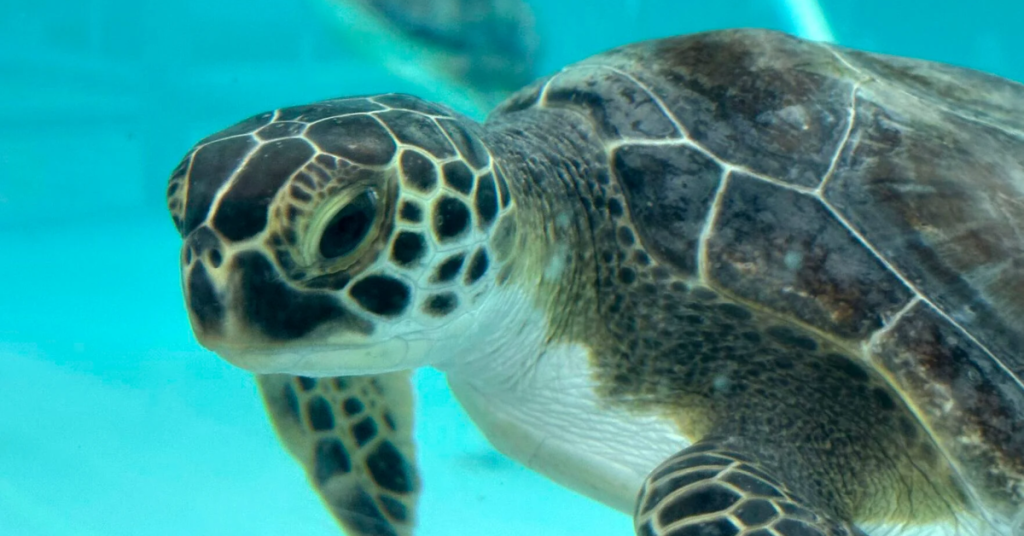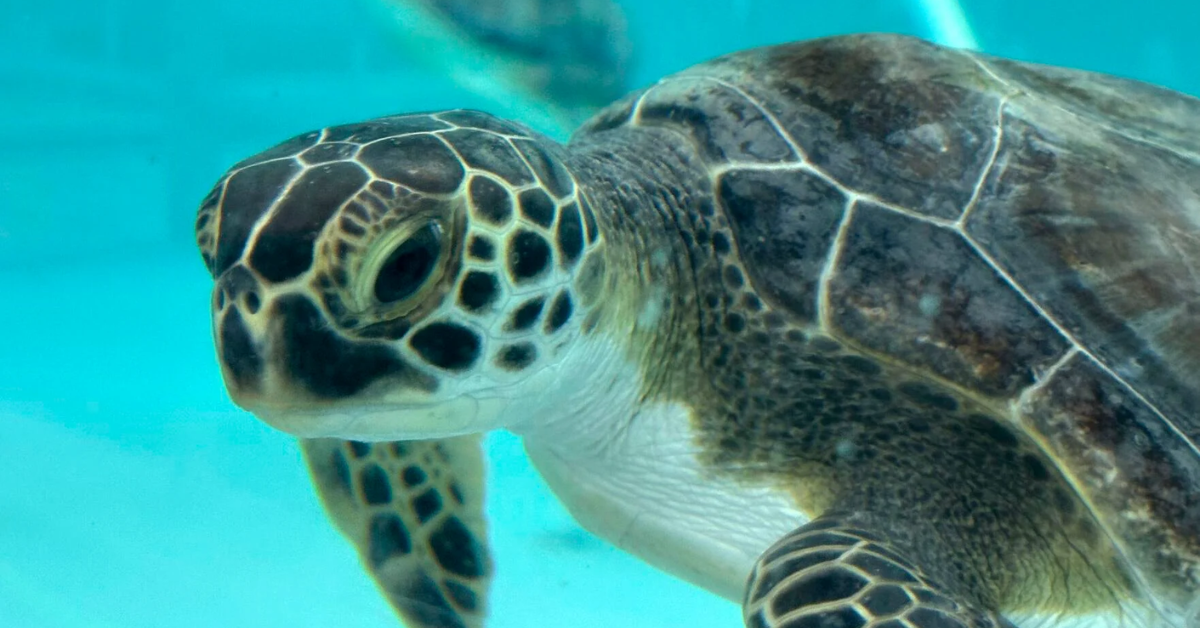A historic winter storm recently swept across Florida’s Gulf Coast, bringing freezing temperatures that caused a dramatic drop in water temperatures, leaving sea turtles in distress. In response to the crisis, a team of dedicated Florida Fish and Wildlife Conservation Commission (FWC) officers worked tirelessly to rescue cold-stunned sea turtles.
On this icy winter day, temperatures plummeted so low that the normally warm Gulf waters cooled enough to immobilize the turtles. As the storm blanketed northern Florida with six to eight inches of snow, the FWC officers set out on a mission to save these vulnerable creatures. Despite the extreme cold, they didn’t hesitate to venture out to sea, carefully pulling the turtles into their boat and transporting them back to land for treatment.
What is Cold-Stunning and Why is it Dangerous for Sea Turtles?
Cold-stunning occurs when water temperatures drop below 50 degrees Fahrenheit, causing sea turtles to become lethargic and unable to swim. The turtles may appear lifeless, floating in the water, but many of them are still alive. Without quick intervention, these animals can suffer permanent damage or even die.
Sea turtles are cold-blooded, which means their body temperature drops with the water around them. When it gets too cold, their muscles stiffen, making it difficult or impossible for them to move. This can lead to a variety of complications, including difficulty breathing, low heart rates, and weakened immune systems. In the worst cases, it can be fatal.

The FWC reported that around thirty turtles were rescued in this latest event, and efforts are ongoing to provide care to more. In addition to those saved, more than 40 turtles have been brought into the Volusia County Marine Science Center in Ponce Inlet for treatment, including 10 that arrived last Friday. Some of these turtles already had health issues before the storm, making their recovery process more difficult.
The Role of FWC in Sea Turtle Rescue Operations
The Florida Fish and Wildlife Conservation Commission has long been dedicated to the protection of wildlife, including sea turtles. Their prompt response to the cold-stunning crisis is a testament to their commitment. In a recent social media post, FWC officials shared their gratitude and praise for their team’s efforts, saying: “Their hard work exemplifies the spirit of dedication to our mission to protect wildlife for their long-term success.”
Cold-stunned sea turtles require immediate medical attention to increase their chances of survival. Specialists and trained responders, including FWC-authorized Marine Turtle Permit Holders, are available to assist in these rescue operations. Thanks to their expertise, many turtles that were initially thought to be lifeless can be revived and later returned to their natural habitat once they’ve fully recovered.
How You Can Help
The public plays a vital role in the rescue of cold-stunned sea turtles. FWC encourages anyone who spots a distressed or injured sea turtle to contact their Wildlife Alert Hotline at 888-404-3922. Reporting a cold-stunned turtle can help save its life by ensuring it gets the necessary care as soon as possible.
Once the rescued turtles have received the proper care and their health is restored, they will be safely released back into the wild. The FWC’s efforts ensure that, despite the challenges posed by harsh weather, these sea turtles have a second chance at survival.
Looking Ahead
As climate change continues to affect weather patterns across the world, events like this winter storm are likely to become more frequent. Cold-stunning is a growing concern for sea turtle populations, particularly along Florida’s Gulf Coast, where turtles rely on the warmer waters for survival. Continued awareness, public engagement, and swift intervention from conservation agencies like FWC are crucial to ensuring the long-term survival of these ancient creatures.
Conclusion
In the face of freezing temperatures and snowstorms, the dedication of FWC officers and wildlife conservation experts is helping save the lives of many sea turtles. By understanding the dangers of cold-stunning and supporting efforts to protect these animals, the public can make a big difference in their survival. With the right care and attention, these cold-stunned turtles will have a chance to thrive once again in the warm waters of the Gulf Coast.
Disclaimer: This article has been meticulously fact-checked by our team to ensure accuracy and uphold transparency. We strive to deliver trustworthy and dependable content to our readers.

